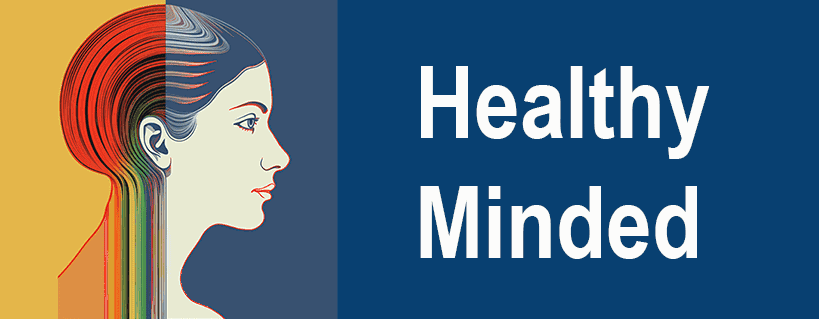Aichmophobia is a type of anxiety disorder involving an intense fear of sharp objects. It’s not known to be a common phobia – affecting around 2.5 – 5% of the population. However, it can cause some people intense anxiety, panic attacks, and behavioral changes.
When we refer to ‘sharp objects,’ this isn’t just knives. People with aichmophobia are also commonly fearful of needles (including knitting needles), scissors, sharp corners, pins, and pencils. This differs from trypanophobia, which is an injection and needle phobia. Although, of course, someone with aichmophobia would also fear these situations.
Common Causes of Aichmophobia
Much like most mental health disorders, it’s challenging to pinpoint an exact cause of aichmophobia. However, health professionals identify that witnessing a traumatic event involving sharp objects often triggers the onset of aichmophobia, and it might be a form of obsessive-compulsive disorder (OCD).
Other risk factors that healthcare professionals believe are related to aichmophobia are:
- Having another related specific phobia, such as trypanophobia
- Experiencing anxiety, panic attacks, depression, or another mental health disorder in the past
- A close family member with aichmophobia or related condition
- Substance use disorder
- Having a naturally anxious temperament
- Living a high-stress life

Symptoms of Aichmophobia
The symptoms of aichmophobia are mainly intense fear and anxiety. Some people experience panic attacks in certain situations, such as when they see a knife or other sharp object. Besides the fear and anxiety associated with this phobia, individuals with aichmophobia may also experience:
- A dizzy or lightheaded sensation
- Shortness of breath
- Trembling
- An urge to escape a stress-inducing situation
- Rapid heart rate
These symptoms are similar to those people experience with many other anxiety disorders, as stated by the American Psychiatric Association (APA).
Treatment Options for a Persistent Fear of Sharp Objects
Although the anxiety associated with aichmophobia is often severe and persistent, it is a highly treatable condition (if you choose a suitable treatment method!).
If you are yet to receive a diagnosis of aichmophobia, your first step should be to seek advice from a doctor. They will use the Diagnostic and Statistical Manual of Mental Disorders (DSM-5) to identify whether you are experiencing aichmophobia or whether this is a less persistent fear.
Let’s go through some of the best treatment options available.
Cognitive Behavioral Therapy
Cognitive Behavioral Therapy (CBT) is another form of psychological treatment involving 1-1 sessions with a therapist or psychologist. Together, you will learn to understand your current fears and how they influence your life. You will then begin to develop healthier strategies to cope with these fears so that they have less of an impact on your day-to-day.
Exposure and Response Prevention Therapy
Exposure therapy is a form of talking therapy designed to treat specific phobias. This is a branch of CBT, so the two use similar approaches. However, the difference between CBT and exposure therapy is that the latter exposes the individual to their worst fear.
When the mental health practitioner exposes a person to their fear (in this case, sharp objects), they will also get them to prevent their usual response. For individuals with aichmophobia, this could be fleeing the situation and avoiding it in the future.
Self-Help Techniques
You can also use some self-help techniques to reduce your anxiety in general. These involve:
- Consuming less caffeine, stimulants, and sugar: these can increase your blood pressure, which may make you feel physiologically worse as a result of stress.
- Eat a healthy diet: eating the right foods, such as foods rich in complex carbohydrates, have a natural mood-boosting and calming effect.
- Exercise regularly: exercise releases feel-good hormones such as endorphins that improve your sense of well-being.
- Develop a consistent sleep routine: getting enough sleep can help reduce the frequency of anxious episodes.
- Can You Do Hypnotherapy Online? - March 12, 2023
- Beyond Pack-Rat:Hoarding Disorder and Diogenes syndrome - December 14, 2022
- Asperger’s Syndrome in Adults - November 14, 2022
